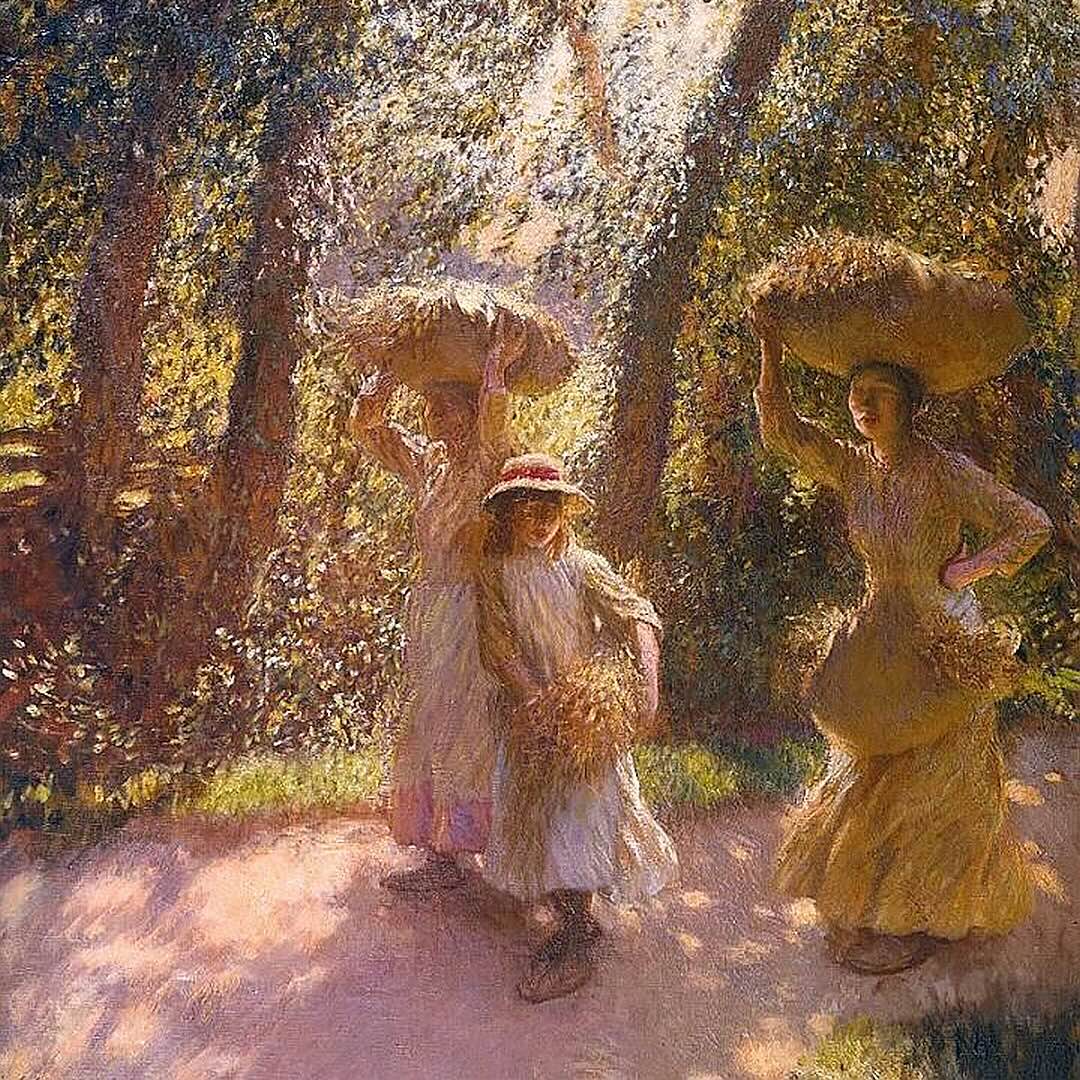
Far from the Madding Crowd
Thomas Hardy
Year
1874
277
707
1043
1008
1155
651
1206
420
2234
691
756
586
589
484
497
1283
352
316
597
737
743
812
1359
779
818
441
1145
402
710
932
597
1153
1080
988
1250
517
1141
919
462
522
931
1318
1508
1317
896
574
994
373
646
680
1829
1028
1242
1410
530
567
1099
679
Description
"Far from the Madding Crowd," written by Thomas Hardy and first published in 1874, is a timeless classic that weaves a rich tapestry of love, ambition, and the enduring human spirit set against the backdrop of the English countryside. The novel centers on the life of Bathsheba Everdene, an independent and spirited woman who inherits a large farm in the rural village of Weatherbury. Bathsheba's beauty and strong-willed nature attract three very different suitors: Gabriel Oak, a loyal and humble shepherd; William Boldwood, a wealthy but reserved bachelor; and Sergeant Frank Troy, a dashing but reckless soldier. Each man represents a different kind of love and brings unique challenges and transformations to Bathsheba's life. Gabriel Oak, having suffered his own misfortunes, remains steadfastly devoted to Bathsheba, offering her unwavering support and wisdom. William Boldwood becomes infatuated with her, driven to the brink of madness by his obsessive love. In contrast, Sergeant Troy's charm and flamboyant personality sweep Bathsheba off her feet, leading to a tumultuous and passionate affair. Hardy's masterful storytelling and keen observations of rural life provide a vivid portrayal of the pastoral landscape and the intricate social dynamics of Victorian England. The novel explores themes of independence, social class, and the complexities of human relationships. Bathsheba's journey from youthful naivety to mature self-awareness and resilience is at the heart of the story, reflecting Hardy's profound understanding of human nature and the trials of life. "Far from the Madding Crowd" is celebrated for its richly drawn characters, dramatic plot twists, and eloquent prose. Hardy's depiction of the rural setting is both idyllic and realistic, capturing the beauty and harshness of country life. The novel's exploration of love in its many forms—romantic, obsessive, and steadfast—resonates deeply, making it a timeless and enduring work of literature.
